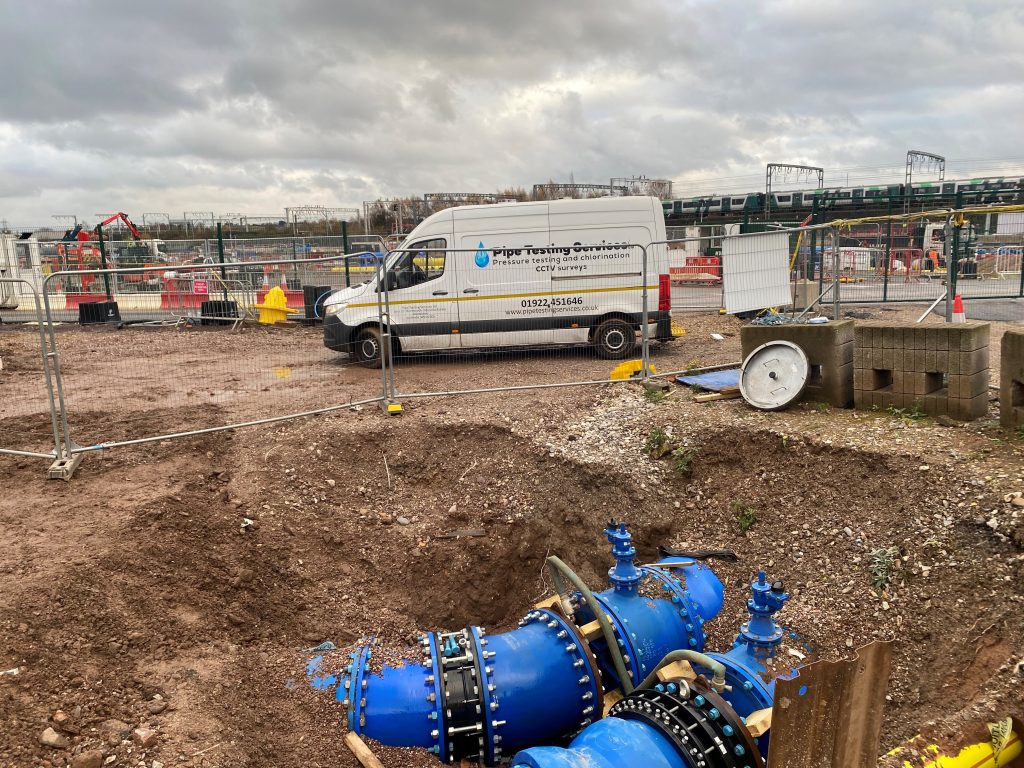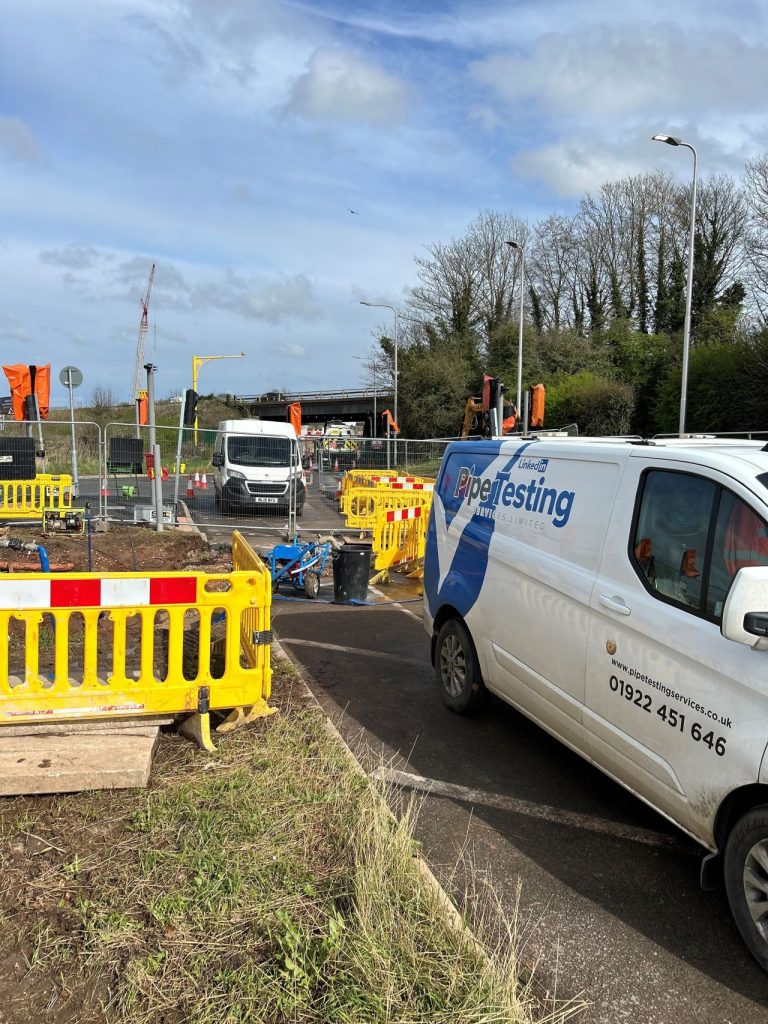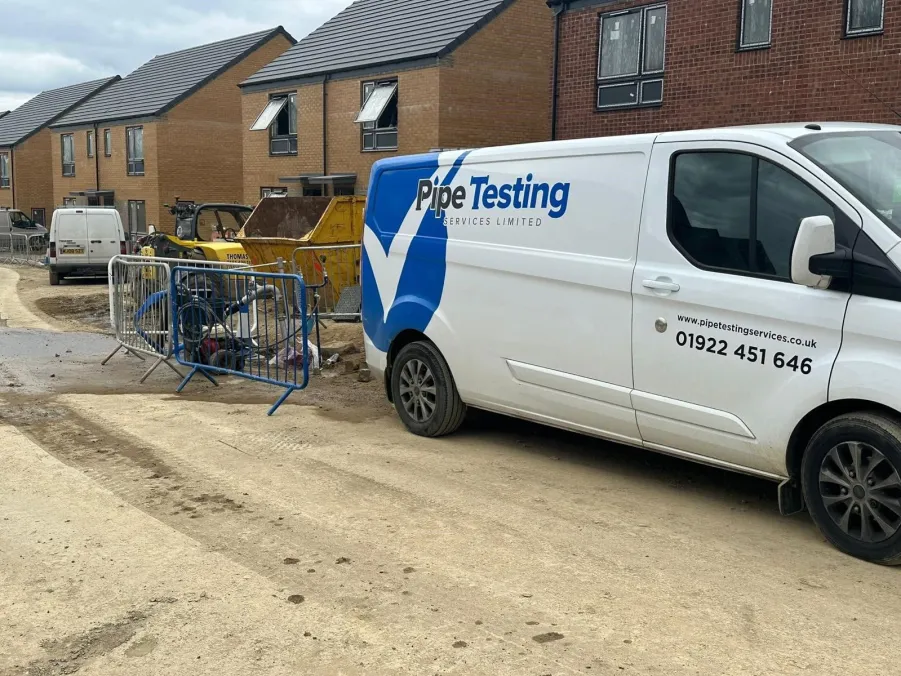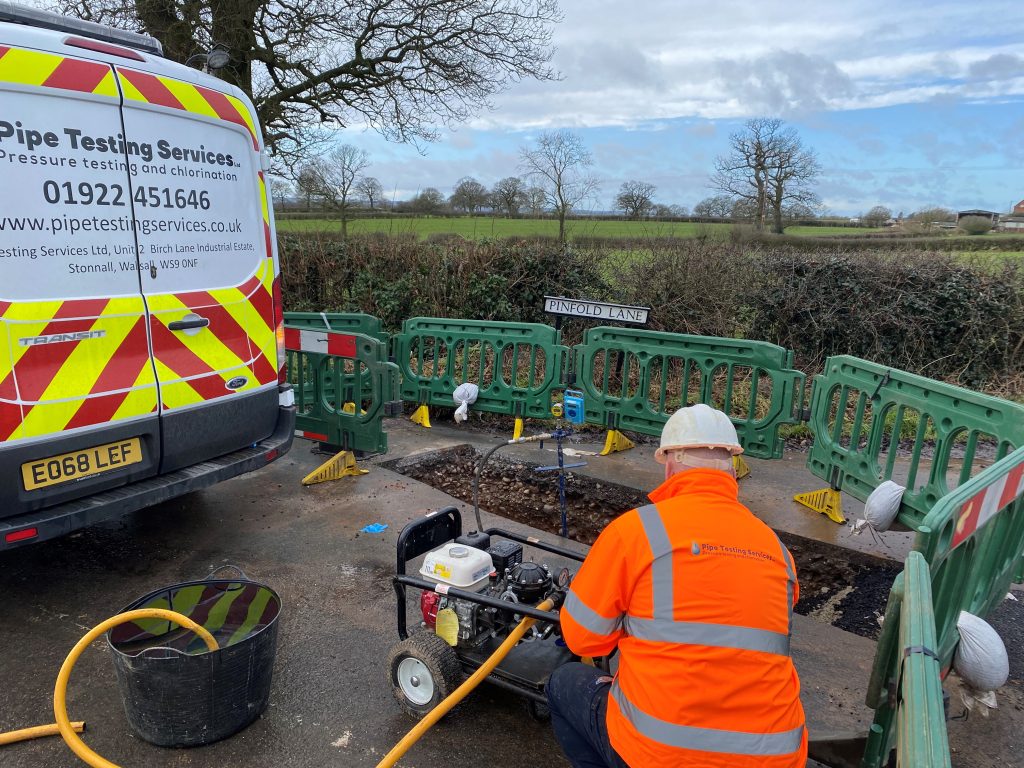Hydrostatic Testing of Underground Pipelines
Hydrostatic testing is a critical process for ensuring the integrity and safety of underground pipelines before they are put into operation. This non-destructive testing method involves subjecting the pipeline to a predetermined pressure, typically higher than the maximum operating pressure, using a liquid medium such as water.
The purpose of hydrostatic testing is to identify any leaks, defects, or weaknesses in the pipeline that could potentially lead to failures, environmental damages, or safety hazards during operation.
Ensuring the structural soundness and leak-tightness of underground pipelines is of paramount importance, particularly in industries such as oil and gas, water and wastewater, and chemical transportation. These pipelines often carry hazardous or valuable materials, making it essential to detect and address any vulnerabilities before commissioning. By conducting hydrostatic testing, pipeline operators can mitigate potential risks, comply with industry regulations, and safeguard the environment, public safety, and their assets.

Our Services
At Pipe Testing Services (PTS), we offer comprehensive hydrostatic testing services for underground pipelines. Our team of experienced professionals is equipped with state-of-the-art testing equipment and follows industry-leading practices to ensure accurate and reliable results.
We specialise in conducting hydrostatic testing for various types of underground pipelines, including those made of steel, plastic, or other materials. Our services encompass the entire testing process, from preparation and pressurization to depressurization and documentation.
In addition to hydrostatic testing, PTS offers a range of services, including pipeline flushing, cleaning, and dewatering, as well as leak detection and repair solutions. We pride ourselves on our commitment to safety, utilising proper safety protocols and emergency response plans throughout the testing process.
Partner with PTS for reliable and comprehensive hydrostatic testing of your underground pipelines. Contact us today to discuss your project requirements and schedule a consultation.
Testing Procedure
The hydrostatic testing of underground pipelines follows a well-defined procedure to ensure accurate and reliable results. Here’s an overview of how we at PTS carry out the key steps:
Preparation
- Clean and gauge the pipeline to ensure it meets the required specifications.
- Install temporary fittings, valves, and connections for the testing equipment.
- Fill the pipeline with a suitable test medium, typically water, taking precautions to remove any trapped air.
Pressurization
- Connect the pipeline to the pressurization equipment, such as pumps or compressors.
- Gradually increase the pressure within the pipeline to the specified test pressure, which is typically higher than the maximum operating pressure.
- Monitor and record the pressure readings throughout the pressurization process.
Hold Period
- Maintain the test pressure within the specified tolerance range for a predetermined duration, often ranging from several hours to several days, depending on the pipeline’s characteristics and testing requirements.
- Closely monitor the pressure levels and inspect the pipeline for any signs of leaks or deformations during this hold period.
Depressurization
- Once the hold period is successfully completed, safely release the pressure from the pipeline, following proper depressurization procedures.
- Carefully monitor the pressure drop and inspect the pipeline for any residual stresses or deformations.
Documentation
- Record all test data, including pressure readings, hold times, observations, and any deviations or anomalies detected during the testing process.
- Prepare detailed reports and documentation for future reference and compliance purposes.
Testing Requirements
Testing Requirements Hydrostatic testing of underground pipelines in the UK is governed by various industry standards and regulations to ensure safety and consistency. Some of the key standards and guidelines include:
- Safety requirements for pressure testing (GS4): This is a fundamental, cross-industry guidance on pressure testing provided by the Health and Safety Executive (HSE). It is aimed at all employers, supervisors, and managers responsible for pressure testing.
- Pressure Systems Safety Regulations 2000 (PSSR): The duties imposed by PSSR relate to pressure systems for use at work and the risk to health and safety. The aim of these Regulations is to prevent serious injury from the hazard of stored energy as a result of the failure of a pressure system or one of its component parts.
- WIS 4-01-03 Specification: This document specifies the procedure for hydrostatic pressure testing of below-ground water supply pipelines and sewer rising mains made of polyethylene pipes.
There is also relevant guidance set out in BS EN 805, BS EN 806, IGN 4-01-03
These standards provide specific requirements for factors such as test pressures, hold durations, test medium selection, and acceptance criteria based on the pipeline’s material, design pressure, and intended service.
Additionally, local and regional regulations may also apply, and it is crucial to consult with regulatory authorities and industry experts to ensure compliance.
Testing Equipment
Conducting hydrostatic testing on underground pipelines requires specialised equipment to generate and monitor the required pressures accurately. Here are some essential components:
Pumps and Compressors
High-pressure pumps or compressors are used to pressurize the pipeline with the test medium, typically water or another suitable liquid. These pumps must have sufficient capacity to achieve and maintain the desired test pressure throughout the hold period.
Pressure Gauges and Data Loggers
Accurate pressure gauges and data loggers are crucial for monitoring and recording pressure levels during the testing process. These instruments should be calibrated and capable of measuring pressures within the required range and tolerance levels.
Valves and Fittings
Various valves, fittings, and connections are necessary to control the flow of the test medium, isolate sections of the pipeline, and facilitate the pressurization and depressurization processes.
Temporary Piping and Connections
Temporary piping and connections may be required to connect the testing equipment to the pipeline and establish the necessary flow paths for pressurization and depressurization.
Safety Equipment
Appropriate safety equipment, such as personal protective equipment (PPE), emergency shutdown systems, and spill containment measures, should be in place to ensure the safety of personnel and the environment during the testing process.
Safety Considerations
Hydrostatic testing involves working with high pressures and potentially hazardous materials, making safety a top priority. Here are some critical safety considerations:
High-Pressure Hazards
The pressures involved in hydrostatic testing can be extremely high, posing risks of equipment failure, pipeline ruptures, and injuries if proper precautions are not taken. It is essential to follow all safety protocols, use appropriate protective equipment, and maintain safe distances during the testing process.
Water Discharge and Environmental Concerns
The discharge of large volumes of water used as the test medium can potentially impact the surrounding environment, especially if the water contains contaminants or chemicals. Proper containment, treatment, and disposal methods should be implemented to mitigate environmental risks.
Emergency Response Plans
Comprehensive emergency response plans should be in place to address potential incidents, such as leaks, pipeline failures, or other unforeseen events during the testing process. These plans should include procedures for isolating the affected areas, mitigating the risks, and ensuring the safety of personnel and the environment.
Post-Testing Activities
Once the hydrostatic testing is successfully completed, several post-testing activities may be required:
Dewatering and Drying
After depressurization, the pipeline must be dewatered and dried, if necessary, to prepare it for operation or further preservation measures. Proper dewatering techniques should be employed to prevent water from accumulating in low points or dead legs, which could lead to corrosion or other issues.
Pipeline Preservation
If the pipeline is not immediately put into service, it may require preservation measures to protect the internal surfaces from corrosion or degradation. This can involve techniques such as drying, purging with inert gases, or applying protective coatings.
Addressing Leaks or Defects
In the event that leaks or defects are identified during the hydrostatic testing process, appropriate repair or replacement procedures must be implemented. These may include welding, pipe replacement, or other remedial actions, followed by retesting to ensure the integrity of the repaired sections.

Hydrostatic Pressure Testing - FAQs
What is the typical test pressure used for hydrostatic testing of underground pipelines?
The test pressure for hydrostatic testing is typically higher than the maximum operating pressure of the pipeline, often ranging from 1.25 to 1.5 times the maximum operating pressure. The specific test pressure is determined based on factors such as the pipeline material, design pressure, and applicable industry standards.
What types of pipelines undergo hydrostatic testing?
Hydrostatic testing is commonly performed on underground pipelines used for transporting various materials, including oil and gas, water, chemicals, and other liquids or gases. It is a critical step in ensuring the integrity and safety of these pipelines before they are put into operation.
Is hydrostatic testing a one-time procedure?
No, hydrostatic testing is typically performed at various stages throughout a pipeline’s lifecycle. It is often conducted during the initial construction and commissioning phase, as well as periodically during operation to verify the pipeline’s ongoing integrity and detect any potential defects or leaks that may have developed over time.
Can hydrostatic testing be performed on pipelines that are already in service?
Yes, hydrostatic testing can be performed on existing pipelines that are already in service. However, this process requires careful planning and coordination to ensure the safe isolation, depressurization, and preparation of the pipeline for testing. It may also involve temporary service interruptions or rerouting of the pipeline’s contents.
What happens if a leak or defect is detected during hydrostatic testing?
If a leak or defect is detected during the hydrostatic testing process, the pipeline section in question must be repaired or replaced. Once the repairs are completed, the affected section will need to undergo another hydrostatic test to verify its integrity before the pipeline can be safely returned to service.
Get in Contact with PTS for Expert Hydrostatic Pressure Testing Services
At Pipe Testing Services (PTS), we are committed to providing comprehensive hydrostatic testing services that adhere to the highest industry standards and regulations, ensuring the integrity of your underground pipelines and mitigating potential risks to the environment, public safety, and your assets.
If you have any further questions or need assistance with hydrostatic testing services, please don’t hesitate to contact our team at PTS.
Phone – 01922 451646
Email – enquiries@pipetestingservices.co.uk
Address – Unit 27 Birchbrook Industrial Estate, Shenstone, Lichfield, Staffs, WS14 0DJ


